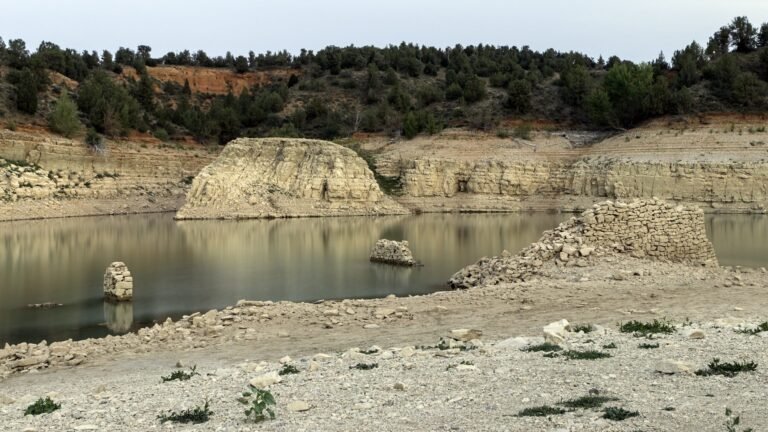
Forest fires are among the most destructive natural disasters in the country: they threaten lives, destroy homes and infrastructure, and create air pollution. To effectively forecast and manage forest fires, managers must understand the risk of forest fires and allocate resources accordingly. A new study provides scientific expertise to this effort.
In the study, published in the November issue of the journal «Future of Earth,» researchers from DRI, Argonne National Laboratory, and the University of Wisconsin-Madison joined forces to assess the future fire risk. They looked at the four fire danger indices used in North America to predict and manage the risk of forest fires to see how the risk correlated with the size of forest fires observed between 1984 and 2019. Then, they examined how the risk of forest fires changed under projected future climate and found that both the potential for fires and a longer fire season are likely due to climate change.
«We used several of these fire danger indices to evaluate the fire risk in the contiguous United States,» said Guo Yu, Ph.D., research assistant professor at DRI and lead author of the study. «But previous studies have only looked at how climate change will alter the risk of forest fires using one of them, and only a few studies have looked at how the risk of fires has translated into the size or characteristics of actual forest fires. We wanted to rigorously evaluate both in this paper.»
Fire danger indices use information about weather conditions and fuel moisture, or how dry the vegetation is on the ground. The most common fire danger indices used in North America are the USGS fire potential index, the Canadian forest fire weather index, and the energy release component and burning indices from the National Fire Danger Rating System.
First, scientists used satellite remote sensing data from 1984 to 2019 to see how potential fire risk correlated with the final size of forest fires in more than 13,000 forest fires, excluding controlled burns. They found that when the risk of forest fires was higher, the size of forest fires tended to be larger, and this relationship was stronger in larger areas.
By linking fire danger indices to future climate projections, the study found that extreme forest fire risk will increase by an average of 10 days across the entire contiguous U.S. by the end of the century, largely driven by rising temperatures. It is expected that certain regions, such as the southern Great Plains (including Kansas, Oklahoma, Arkansas, and Texas), will have over 40 additional days per year of extreme forest fire danger. Some smaller regions are expected to see a decrease in their annual fire risk season due to increased precipitation and humidity, including the Pacific Northwest coast and the mid-Atlantic coast.
In the Southwest, the season of extreme forest fires is projected to increase by more than 20 days per year, most of which will occur in the spring and summer months. Longer fire seasons are also projected to extend into the winter months, particularly in the coastal plain of Texas and Louisiana.
«In a warmer climate future, we can see that fire danger will be even greater in winter,» Yu said. «This surprised me because it seems contradictory, but climate change will alter the landscape in many ways.»
The study’s authors hope that the study will help fire managers understand the potential size of forest fires so that they can prepare accordingly, as well as understand how the seasonality of fires will change and extend under a changing climate.